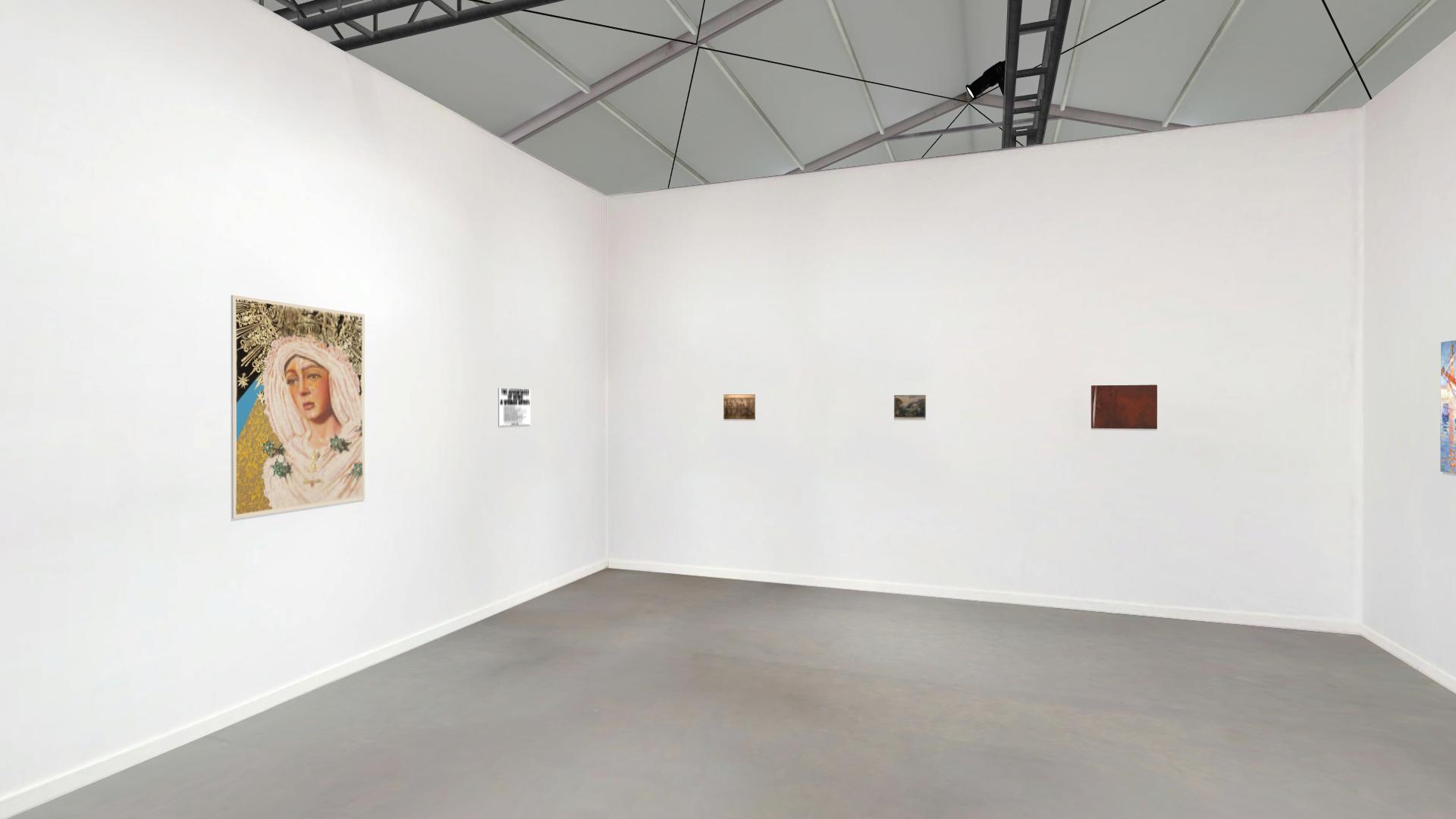

Persistence is a recurring theme in the history of any
marginalized group, and in the fight and struggle for
equality, success does not h... more >> In commemoration of the 100th Anniversary of 19th Amendment granting the right to vote to women, this exhibition focuses on the struggles and contributions of women artists. The exhibition will include a range of artistic styles and media from the Hofstra University Museum of Art collection.
Persistence is a recurring theme in the history of any
marginalized group, and in the fight and struggle for
equality, success does not happen overnight. It is the result
of tireless efforts of many unknown individuals who continued to work for
a cause no matter what. This year, we celebrate the 100th anniversary of
the passage of the 19th Amendment, which granted women the right to
vote (“The right of citizens of the United States to vote shall not be denied
or abridged by the United States or by any State on account of sex.”).
However, it is important to note that while the amendment was signed
into law 100 years ago, the fight started years prior (the famous Seneca
Falls Convention, for example, occurred in 1848). For some women,
particularly those not considered citizens (Native Americans and Chinese
immigrants specifically) and those disenfranchised based on race, the
struggle continued and is ongoing even to this day. It is this continuous
fight, this constant labor, often without recognition, that resonates in the
work and with the artists in this exhibition.
In the art world, a flashpoint in the history of women occurred in 1971,
when art historian Linda Nochlin published her landmark essay in the
January issue of ARTnews in which she asked the pointed question,
“Why Have There Been No Great Women Artists?”1
It is a question that speaks to not just straightforward inequality but an inherent bias within
the history of art. Of course, women have been creating art for as long
as men, but in 2016, when art museums such as the National Museum of
Women in the Arts, the Tate Modern, and others challenged Twitter users
to name #5WomenArtists, most people struggled to name one.2
It is this lack of awareness due to multilayered biases that Nochlin was trying to
expose in 1971, and while advancements have been made, ignorance
still exists. As museums diversify their staff and leadership, incremental
change is happening. The Baltimore Museum of Art, for example,
announced that in this centennial year of the 19th Amendment, they will
purchase only works by women in 2020.3
One year for women to make
up for decades of unequal acquisitions. It is a start.
The Hofstra University Museum of Art has an impressive collection,
including over 500 works by women. All the works in this exhibition were
drawn from the Museum’s extensive permanent collection, and it was
truly only gallery space that limited the selection of works. The artists in
this exhibition have their own, very specific stories to tell. For some, like
Howardena Pindell and Elizabeth Catlett, they are highly personal
narratives – stories of overcoming racial, gender, and/or economic
hardship. For others, such as Jane Peterson, Perle Fine, and Marisol, they
are accounts of contemporary success followed by historic anonymity and
obscurity. While still others, like Sonia Delaunay, Bridget Riley, and
Berenice Abbott, championed forgotten artists and challenging styles,
giving voice to those who were unable or unwilling. Yet all these artists,
undeterred by setbacks and rejections, are united not solely by their
gender but by their persistent fight for art: to create art and to celebrate
art by all people.
Kristen Rudy
Associate Curator and Collections Manager
Hofstra University Museum of Art
1 Linda Nochlin. “Why Have There Been No Great Women Artists?” ARTnews. January 1971.
2 Katherine Brooks. “Not Everyone Can Name 5 Women Artists, And One Museum Wants
To Change That,” HuffPost, March 3, 2017. https://www.huffpost.com/entry/can-you-name5-women-artists_n_58b6bf6ae4b0780bac2ec9b1
3 Baltimore Museum of Art. 2019. The BMA Dedicates a Year of Exhibitions, Programs, and
Acquisitions to Female-Identifying Artists in 2020.










